Table of content
Introduction
Kiwi fruits, also known as Chinese gooseberries, are a nutritious and delightful addition to any diet. Their vibrant green (or occasionally yellow or brown) flesh, dotted with tiny black seeds, offers a unique and refreshing taste that is both tangy and sweet. However, not all kiwi fruits are created equal. Some may be overly ripe, underripe, or even spoiled, which can significantly detract from their taste and nutritional value. In this comprehensive guide, we will explore various methods to discern the quality of kiwi fruits, ensuring that you always select the best ones for your next meal or snack.
Understanding Kiwi Fruit Varieties
Before diving into the specifics of quality discernment, it’s essential to understand the different varieties of kiwi fruits available. The most common type is the Actinidia deliciosa, which has a brown, fuzzy exterior and bright green flesh. Another popular variety is the Actinidia chinensis, often referred to as the golden kiwi, featuring a smoother skin and yellowish-orange flesh. Less common but equally intriguing are the Actinidia arguta and Actinidia kolomikta, which are smaller and often have a sweeter taste.
Each variety has its unique characteristics, but the principles for assessing their quality remain largely consistent. By familiarizing yourself with these varieties, you can better understand what to expect in terms of appearance, texture, and flavor.
Visual Inspection: The First Line of Defense
One of the simplest and most effective ways to discern the quality of a kiwi fruit is through visual inspection. Here are some key points to consider:
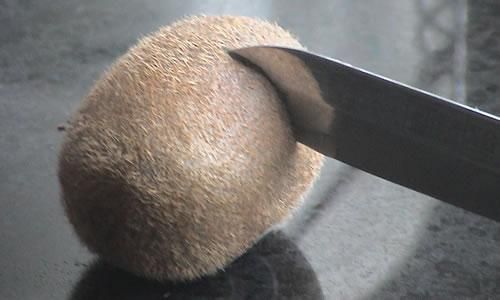
Skin Condition
- Actinidia deliciosa: Look for fruits with a uniformly brown, fuzzy exterior. Avoid those with patches of mold, dark spots, or excessive bruising.
- Golden kiwi: The skin should be smooth and evenly colored, with no signs of cracking or discoloration.
Shape and Size
While kiwi fruits can vary in size, a well-formed, symmetrical fruit is generally a good sign. Avoid kiwis that are misshapen or have obvious deformities, as these may indicate internal issues or improper growing conditions.
Firmness
Gently squeeze the fruit. A ripe kiwi should yield slightly to pressure but still feel firm. If it feels overly soft or mushy, it may be overripe or spoiled. Conversely, a kiwi that is too hard is likely underripe and will need more time to ripen.
Consistency of Color
For Actinidia deliciosa, the brown fuzz should cover the entire fruit evenly. Discoloration, especially dark patches, can indicate rot or bruising. Golden kiwis should have a consistent golden hue with no green tinges or spots.
Tactile Assessment: Beyond the Eyes
While visual inspection is crucial, tactile assessment can provide additional insights into the quality of a kiwi fruit. Here’s how to proceed:
Feel for Consistency
Run your fingers over the fruit’s surface. A ripe kiwi should feel smooth and consistent, with no soft spots or areas that feel different from the rest.
Weight
Heavier kiwis, for their size, are often juicier and more flavorful. This is because they contain more moisture and have a higher flesh-to-skin ratio.

Elasticity
Gently press and release a finger into the fruit’s flesh. A ripe kiwi should spring back slightly, indicating that it is neither too ripe nor too firm.
Olfactory Evaluation: Trust Your Nose
Your sense of smell can also be a valuable tool in discerning the quality of kiwi fruits. Here’s what to look for:
Aroma
A ripe kiwi should have a subtle, sweet aroma. If it smells overly strong or has an unpleasant odor, it may be overripe or spoiled.
Lack of Off-Odors
Avoid kiwis that emit any signs of fermentation, such as a sour or alcoholic smell. These are indicators of decomposition and should be discarded.
Checking for Ripeness: The Art of Patience
Kiwi fruits continue to ripen after being picked, so understanding their ripening process is key to selecting the best ones. Here are some tips:
Timing
Kiwi fruits typically ripen within a week or two after being picked. If you purchase unripe fruits, allow them to sit at room temperature until they reach the desired level of ripeness.
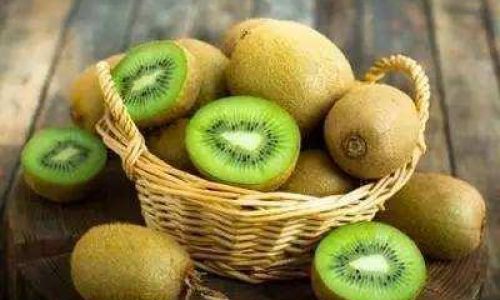
Ethylene Gas
Like many fruits, kiwis produce ethylene gas, which accelerates ripening. Placing them in a paper bag with an apple or banana (which also produce ethylene) can speed up the process.
Monitoring
Regularly check the firmness and aroma of the fruits. Once they reach the desired ripeness, refrigerate them to slow further ripening and maintain freshness.
Cutting and Inspecting: The Final Step
Even after visual, tactile, and olfactory evaluations, sometimes the only way to truly discern the quality of a kiwi fruit is to cut it open. Here’s how to do it:
Clean Cut
Use a sharp knife to make a clean, even slice around the fruit. Avoid pressing too hard, as this can squeeze out juices and affect the fruit’s appearance.
Inspect the Flesh
The flesh of a ripe kiwi should be vibrant green (or yellow for golden kiwis) with evenly distributed black seeds. Avoid fruits with brown spots, mold, or an uneven texture.
Taste Test
Take a small bite. A ripe kiwi should be sweet with a slight tanginess. If it tastes overly sour, bitter, or bland, it may not be of the best quality.
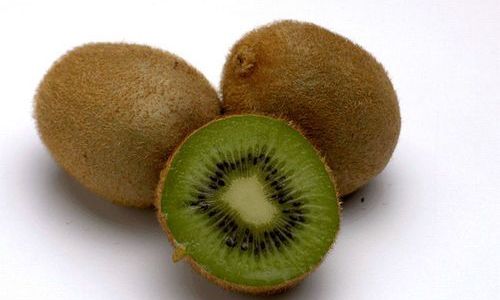
Storing Kiwi Fruits: Preserving Freshness
Proper storage is essential to maintain the quality of kiwi fruits. Here are some tips:
Room Temperature for Ripening
Allow unripe kiwis to ripen at room temperature. Avoid direct sunlight, as this can speed up decomposition.
Refrigeration for Preservation
Once ripe, refrigerate kiwis in an airtight container to slow further ripening and maintain freshness for up to a week.
Avoid Mixing Ripe and Unripe Fruits
Store ripe and unripe kiwis separately to prevent the ethylene gas produced by the ripe ones from accelerating the ripening process of the unripe fruits.
Conclusion
Discerning the quality of kiwi fruits involves a combination of visual, tactile, olfactory, and taste evaluations. By understanding the characteristics of different varieties, regularly checking for ripeness, and storing fruits properly, you can ensure that you always have the best kiwis for your culinary needs. Remember, a ripe, high-quality kiwi is not just a treat for your taste buds but also a source of essential vitamins, minerals, and antioxidants that can significantly benefit your health. So, the next time you’re at the grocery store or farmers’ market, apply these tips to select the best kiwi fruits and enjoy their delightful taste and numerous health benefits.
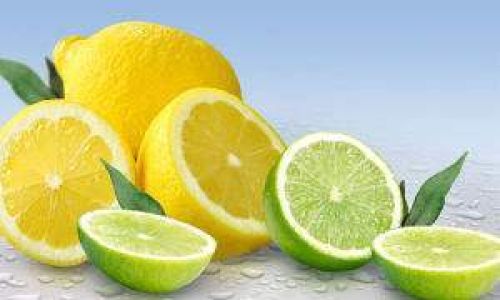
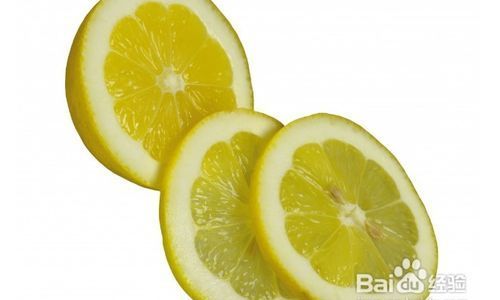
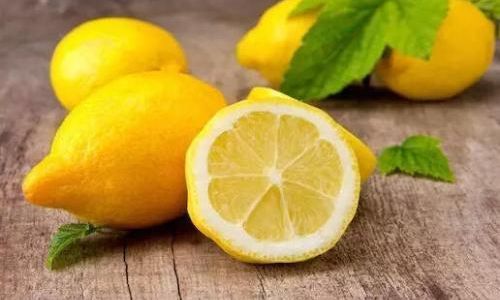

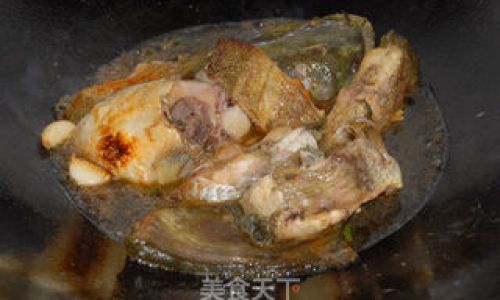
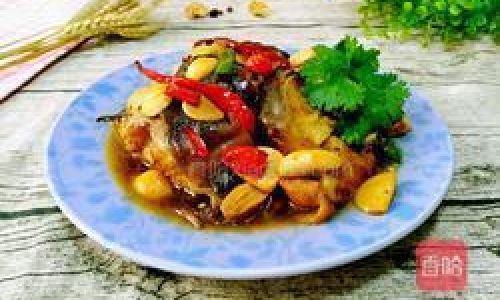
0 comments